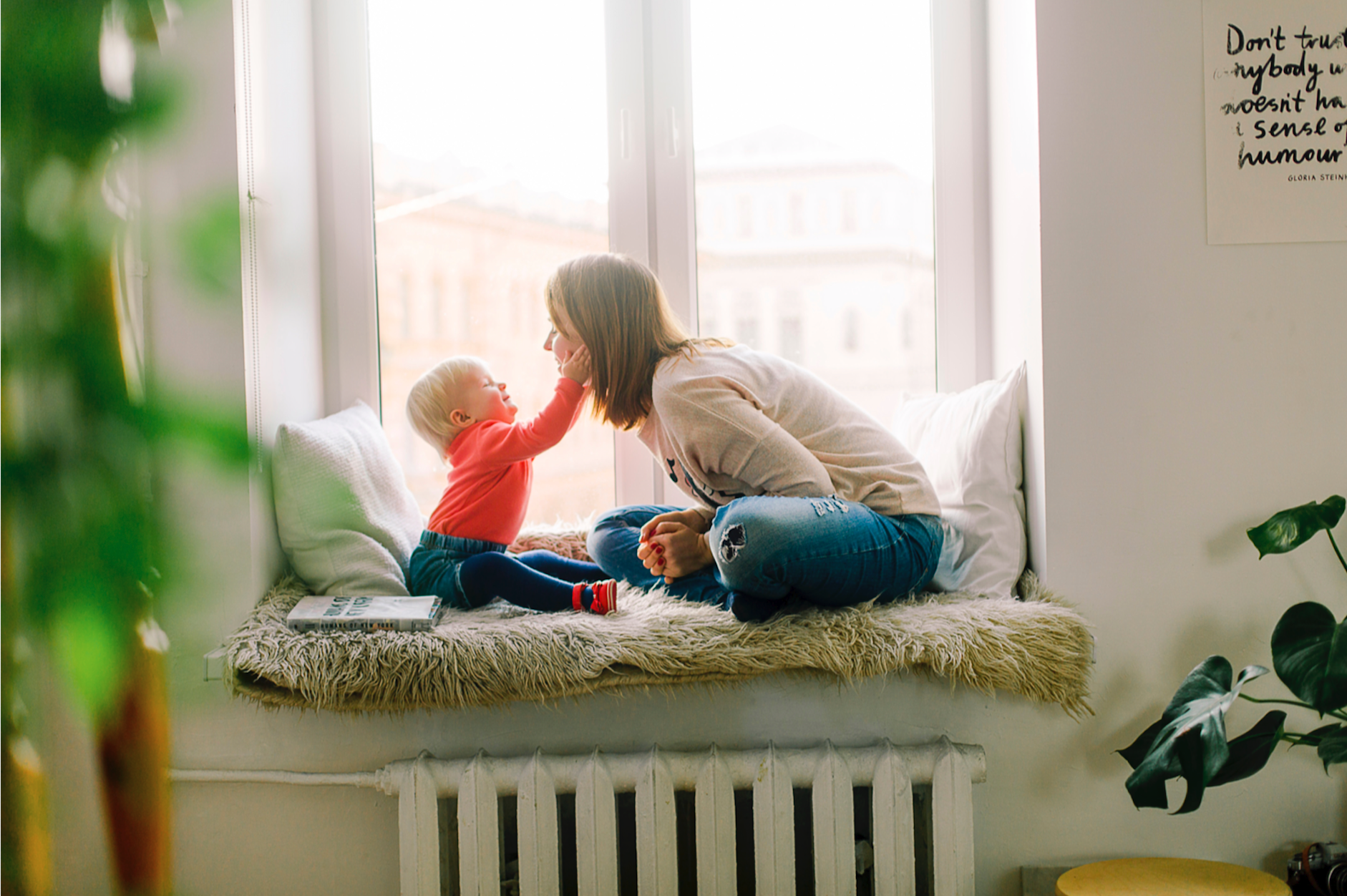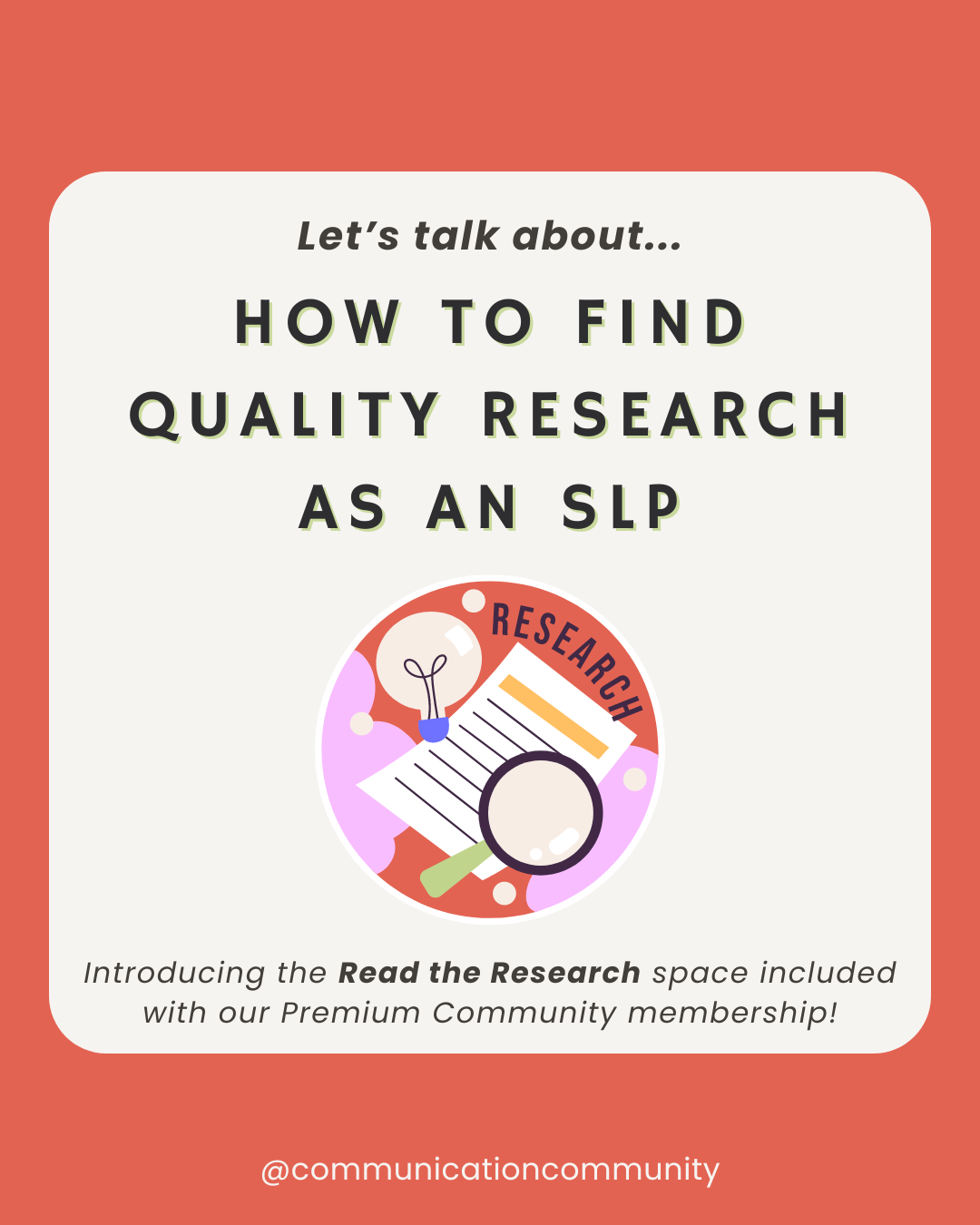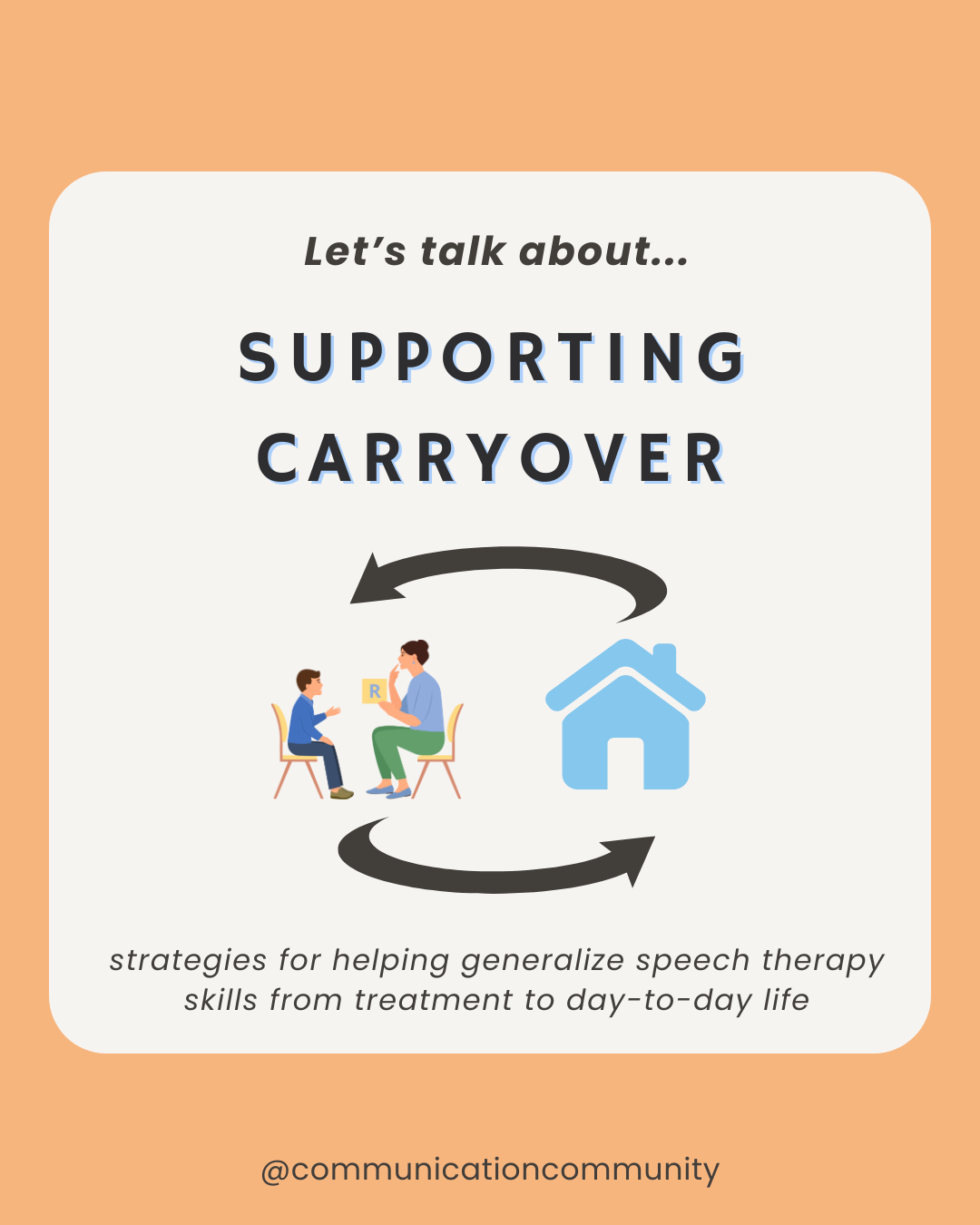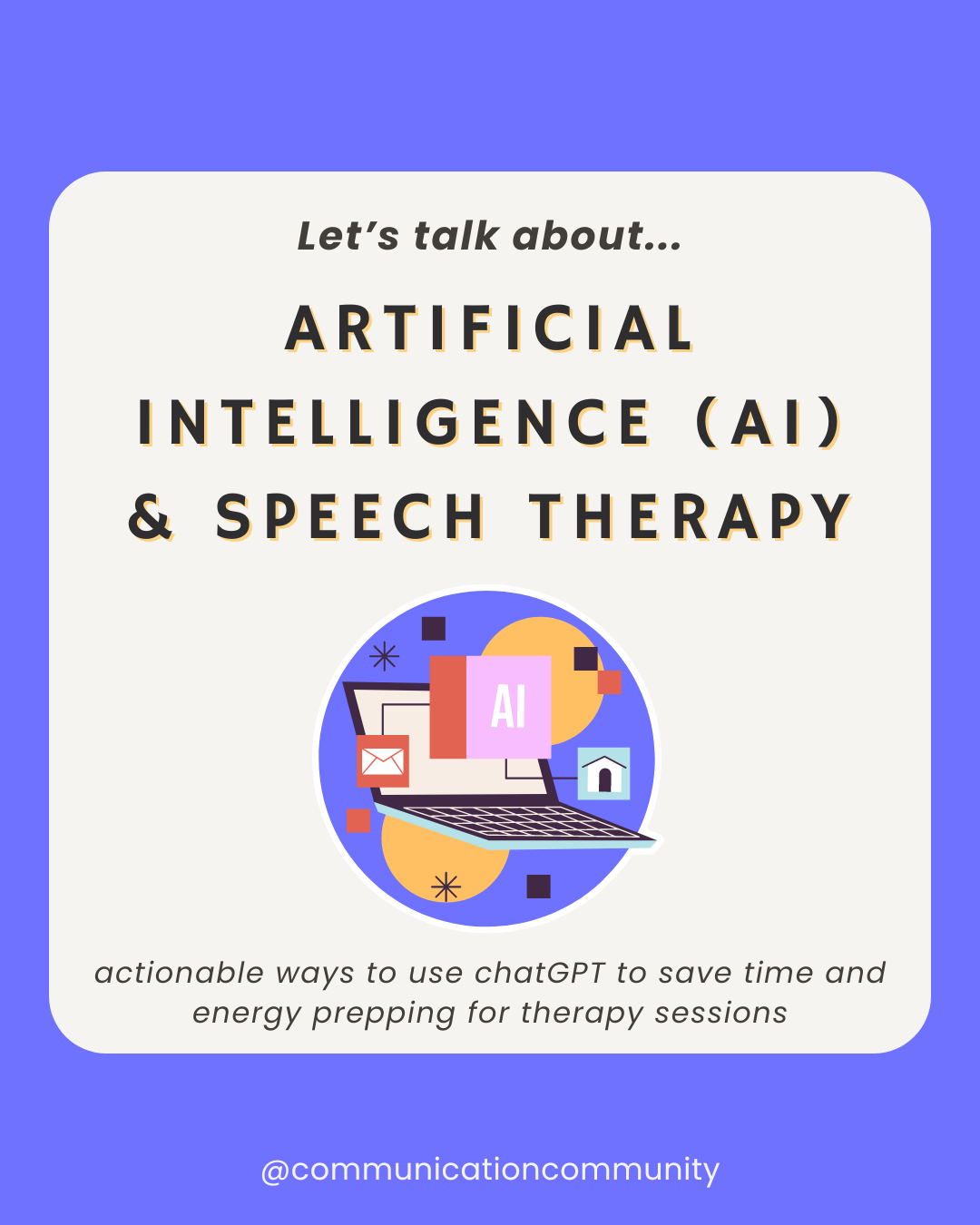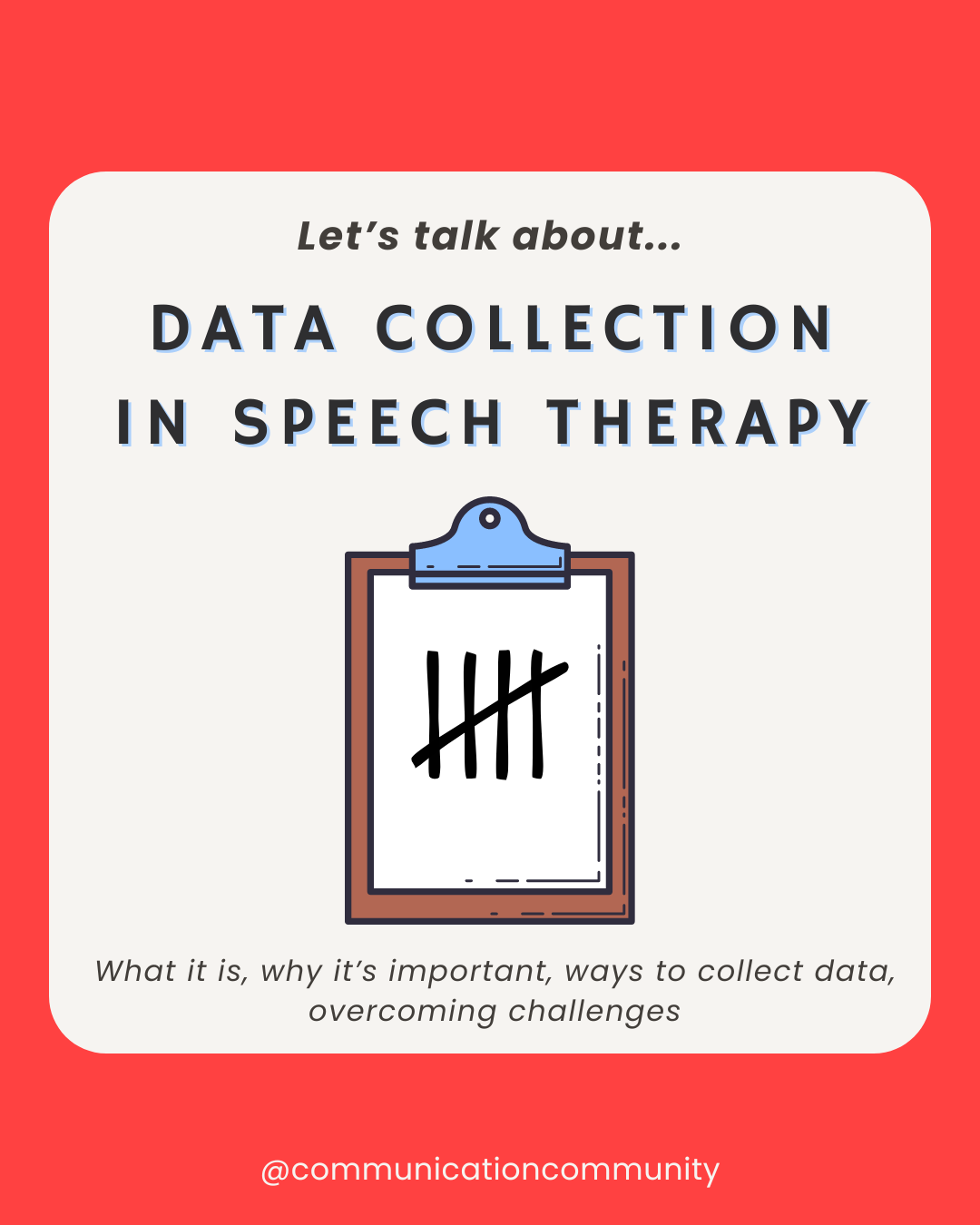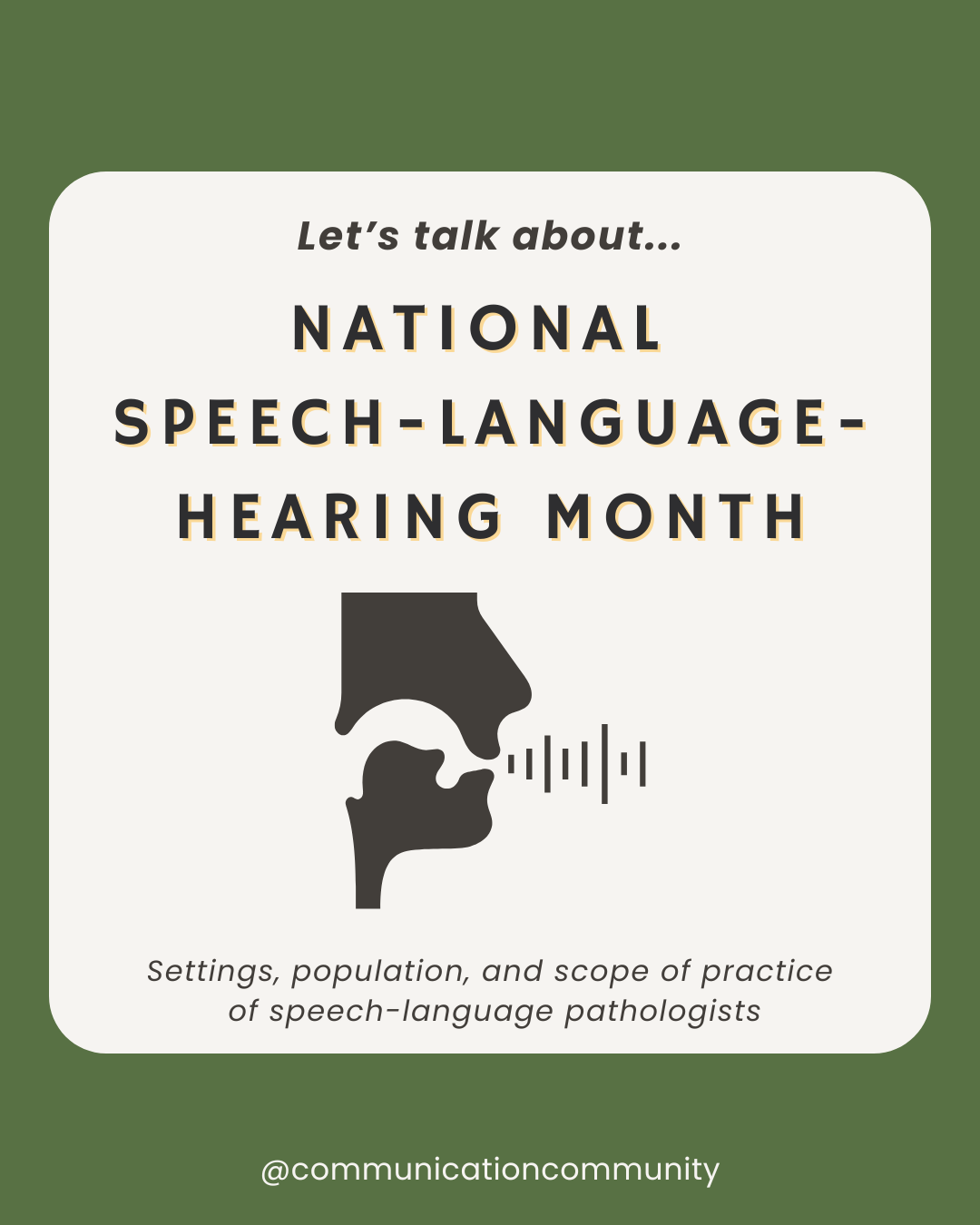Where your child’s communication skills should be, birth to 5
Hello mothers, fathers, caregivers; really any individual who shows a deep care and responsibility for the growth and well-being of a child. You are not alone - this is a resource for you! Being a caregiver has its wonderful rewards (I believe that goes without saying)… But oftentimes, some of these roles and responsibilities can feel overwhelming if things do not turn out as anticipated. I mean, we all knew that was an obstacle that went with being a caregiver. Right?!
The growth and development of a child is one area where we can provide great influence and support; however, there are other areas where we (understandably) do not have control. Those fragments of subtle heritable, random, and/or environmental influences that we, with all of our other responsibilities, were late to pick up on or it were not even on our radar in the first place. Why does my child speak with a lisp? Why is my child not reading as quickly as the other students in their class? Why did one of my children say their first word at 1-year and my 18-month-old has yet to speak? These are all valid questions that can be very specific to your young individual or may be one that has already been asked by dozens of other parents out there. Knowledge and prevention can be key to raising awareness and seeking out early intervention when needed. While we may not have it all figured out, it is important to keep educated and acknowledge that communication and language development is a BIG deal when it comes to your child’s social, emotional, and academic success.
Language Milestones for Children
Find an outline below containing some of the most prominent language milestones within each age range. It should be noted that just because your child does not meet this measure between the EXACT months in which they are highlighted, it is not a cause of immediate concern nor does it mean that they will not get there. However, it does provide you an opportunity to monitor this area and seek out services if warranted.
Within every age range, it is important to note that your child’s receptive language skills will often precede your child’s expressive language skills. This just means that even though your child may not be producing the phrase (an expressive language skill), “I do/do not want more cereal,” they can still reliably respond to the question (a receptive language skill), “Do you want more cereal?” It is common to see an increased average of words in your child’s receptive vocabulary (the vocabulary that they understand) as compared to their expressive vocabulary (the vocabulary they speak).
Receptive Vocabulary compared to Expressive Vocabulary, by age*:
| Age | Receptive Vocabulary | Expressive Vocabulary |
|---|---|---|
| 1 to 2 years | 200 words | 50 words |
| 2 to 3 years | 3,000 words | 425 words |
| 3 to 4 years | 4,200 words | 950 words |
| 4 to 5 years | 7,600 words | 1,750 words |
*approximate averages
Birth to 1 year language milestones
- 0-2 months: minimal meaningful vocalizations (vegetative sounds)
- 2-4 months: laughs, coos, smiles
- 4-6 months: begins to babble and make sounds, such as “pa” or “ba”
- 8-10 months: longer babbles, such as “ba ba ba”; more meaningful intonation as language emerges
- 10-12 months: first word(s)* and additional communication attempts emerge (gesturing to request an item, pushing away an item of disinterest)
*What counts as a word for babies/toddlers?
If they use the same word approximation consistently and intentionally, for the same thing, it counts as a word even if it's not pronounced corrected. For example, if they always say, "da" when they see a dog and don't use "da" for other things, then that would count as a word.
1 to 2 year language milestones
- Follows concise directions: when you say, “Give me the doll,” or “Put on your shoe,” your child shows they can follow these 1-step directions
- First words: it is typical for your child to have their first word(s) at or around their first birthday. Often these words contain sounds that require your little one to push their lips together (Mama) and/or end in vowels
- Emergence of basic wh- (who, what, where, when, why, how) questions: most children at this stage are more fluent responding to wh- questions as opposed to generating questions themselves. Questions will start small and simplified, such as, “What that?”
- More words: your child has started to combine words to make short phrases (“Mommy hug”)
2 to 3 year language milestones
- Follows 2-step directions: directional understanding is increasing to include more complex directions (“Get the ball and put it on the table”)
- Pleasantries: words like, “please” and “thank you,” are emerging
- Object permanence: your child is showing understanding that objects exist, even if the object is not in their immediate vicinity (if you take their bottle away, they know it still exists)
- Prepositions: will begin to use words such as, “in,” “on,” and “under”
- Longer phrases/sentences: your child is combining more words to produce longer sentences (3 to 4 words)
- Why questions: your child will ask A LOT of “why” questions; often repeatedly and with a rising intonation
3 to 4 year language milestones
- Colors and shapes: your child is understanding different shape (circle, square) and color (red, blue, green) words
- Familial terms: words like “grandma,” “aunt,” and “brother” begin to take on meaning and generalization (your child understands that they have a “brother” and their friend has a “brother” but it is not the same person)
- Rhyming: your child will begin to produce/play around with short rhyming words, like “cat” and “hat”
- Complex wh- questions: your child is understanding and responding to a wider variety of wh- questions; including “how” and “why” questions
- Pronouns: you will see your child expand their pronoun use to identify self and others; such as “me,” “you,” “they,” etc.
4 to 5 year language milestones
- Temporal concepts: words like “today,” “yesterday,” and “tomorrow” are understood
- Sequences: your child has become familiar with routines and sequences (getting ready for bed), as well as sequencing words such as: first, next, then, last
- Clearer speech: some sounds may still be difficult to say; however, your child should be understood by familiar and unfamiliar individuals almost 100% of the time
- Letters and numbers: your child is developing understanding of letters and numbers. They may point out when they see the letter C or the number 2
- Retelling events: narratives and storytelling is increasing in sentence complexity and in duration; your child has increased their ability to remain on the same topic
- Code switching: your child understands “indoor voice” and “outdoor voice”; they speak in a softer voice when playing with their babydoll compared to when playing with friends
There you have it. This list includes (but certainly is not limited to), some of the most common and evidenced-based speech and language-related milestones from birth to 5. If you have found that your child met one or fewer of these milestones within their age range, it may be appropriate to reach out to their pediatrician and/or a speech-language pathologist in your area.
Looking for more?
We have a "snapshot" version Speech and Language Milestones: Birth to 5 also on our site.
Check out our posts on speech and language evaluations, interpreting evaluations, and IEP meetings as well!
Citations/further resources:


